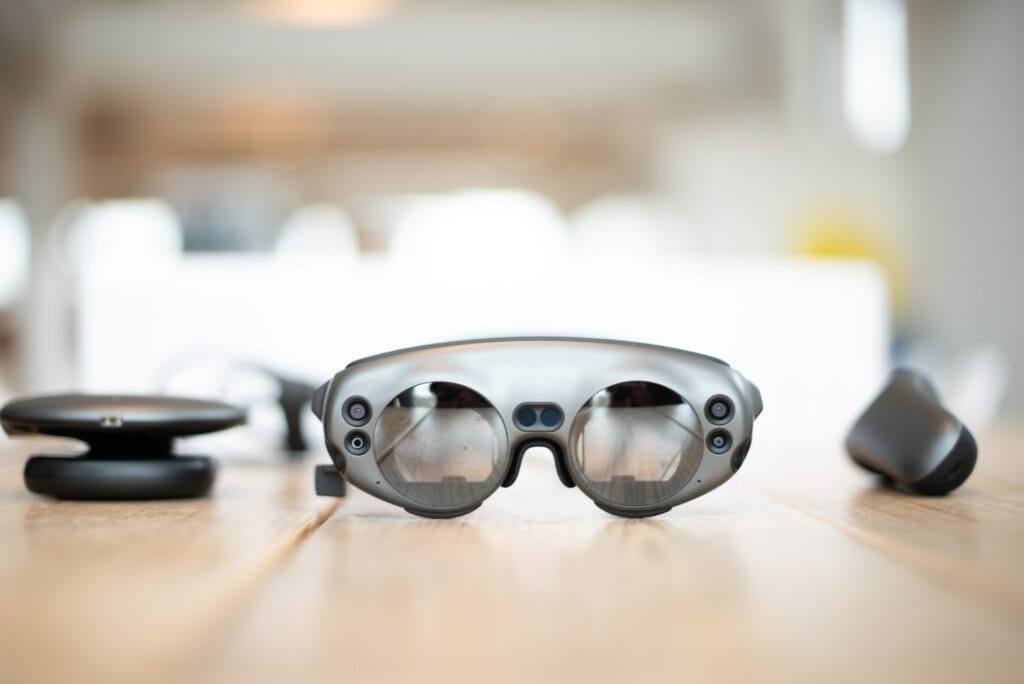Augmented Reality in Retail: Transforming Shopping Experiences

Augmented Reality (AR) has emerged as a powerful tool in the retail industry, revolutionising the way brands interact with customers and enhancing the overall shopping experience. By seamlessly blending the digital and physical worlds, AR allows brands to develop smart retail experiences that influence their customers’ buying decisions. In this article, we will explore how AR is reshaping retail, making online selling more engaging, and providing customers with virtual simulations akin to trying on products in a physical store.
Let’s take a look at some statistics that demonstrate the growing influence of Augmented Reality in the retail sector:
- According to a survey by Retail Perceptions, 61% of shoppers prefer to shop at stores that offer AR experiences.
- A report by Grand View Research estimated that the AR in retail market would reach $23.43 billion by 2027, with a compound annual growth rate (CAGR) of 43.8%.
- In a study by Gartner, it was predicted that by 2022, 70% of enterprise AR applications would be focused on customer experiences, including retail.

What is the Role of Augmented Reality in Retail
Augmented Reality technology has significantly impacted the retail sector in various ways. Here are some key aspects:
- Enhancing In-Store Experiences: AR applications on smartphones or AR glasses can provide customers with additional information about products. For instance, customers can scan a product’s barcode to access detailed specifications, customer reviews, or even see the product in action through interactive 3D models.
- Virtual Try-Ons: One of the most significant contributions of AR in retail is its ability to offer virtual try-on experiences. This feature is particularly popular in the fashion industry, where customers can virtually try on clothing and accessories using their smartphones or smart mirrors in stores. This enhances the convenience of online shopping by reducing the uncertainty of fit and style.
- Product Visualisation: AR helps customers visualise products in their own space before making a purchase. For furniture retailers, customers can see how a piece of furniture fits in their home using AR apps. Similarly, cosmetic brands allow customers to virtually apply makeup to their faces to see the results before buying.
The Impact of AR on Online Selling
Augmented Reality has become a game-changer for online retail. It overcomes some of the limitations of e-commerce by providing an immersive and interactive shopping experience:
- Reducing Return Rates: One of the primary challenges of online shopping is the high return rate due to product dissatisfaction. AR mitigates this issue by allowing customers to virtually try on products, ensuring they choose the right size, colour, and style.
- Increasing Conversion Rates: When customers can visualize products more effectively, they are more likely to make a purchase. Interactive 3D models and virtual try-ons can significantly boost conversion rates, leading to increased sales for online retailers.
- Enhancing Customer Engagement: AR adds an element of fun and interactivity to the online shopping process. Brands that offer AR experiences see higher customer engagement and longer time spent on their websites or apps.
Augmented Reality is fundamentally changing the way brands engage with customers and how consumers shop. It empowers retailers to create immersive, interactive, and personalised experiences that bridge the gap between online and in-store shopping. As AR technology continues to evolve, it is likely to become an even more integral part of the retail landscape, enhancing customer satisfaction and driving sales in the process. Retailers who embrace AR early are better positioned to thrive in the digital age of shopping.





